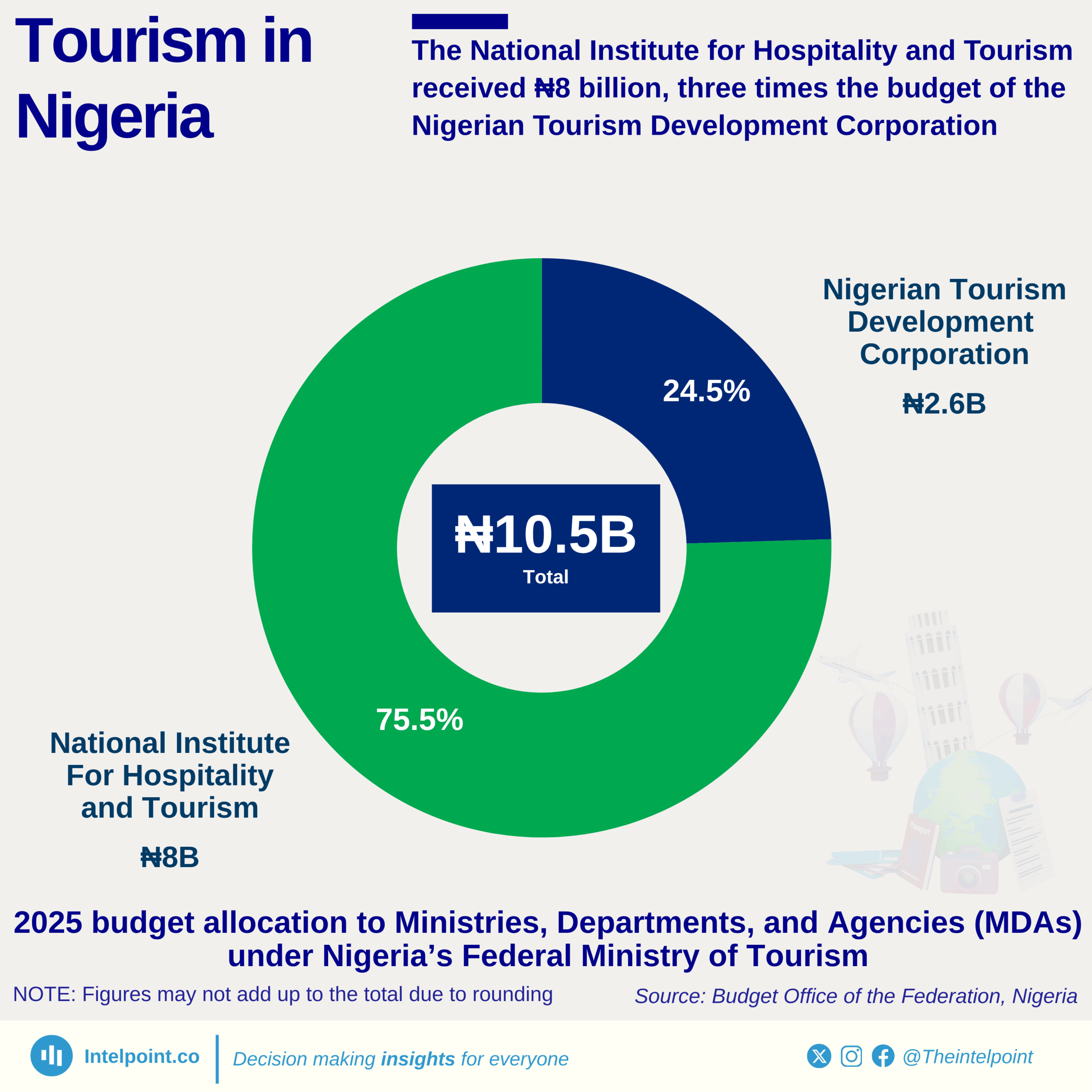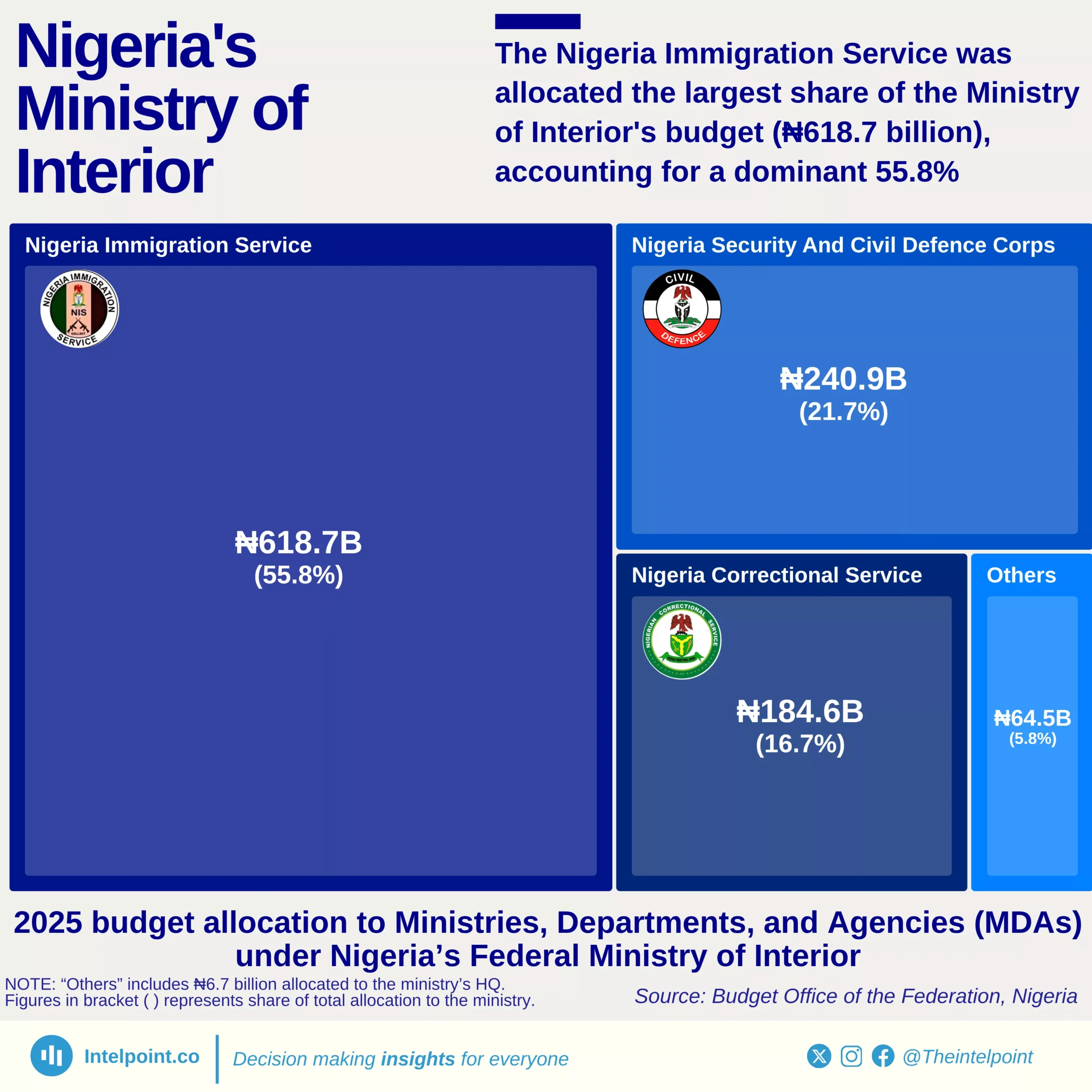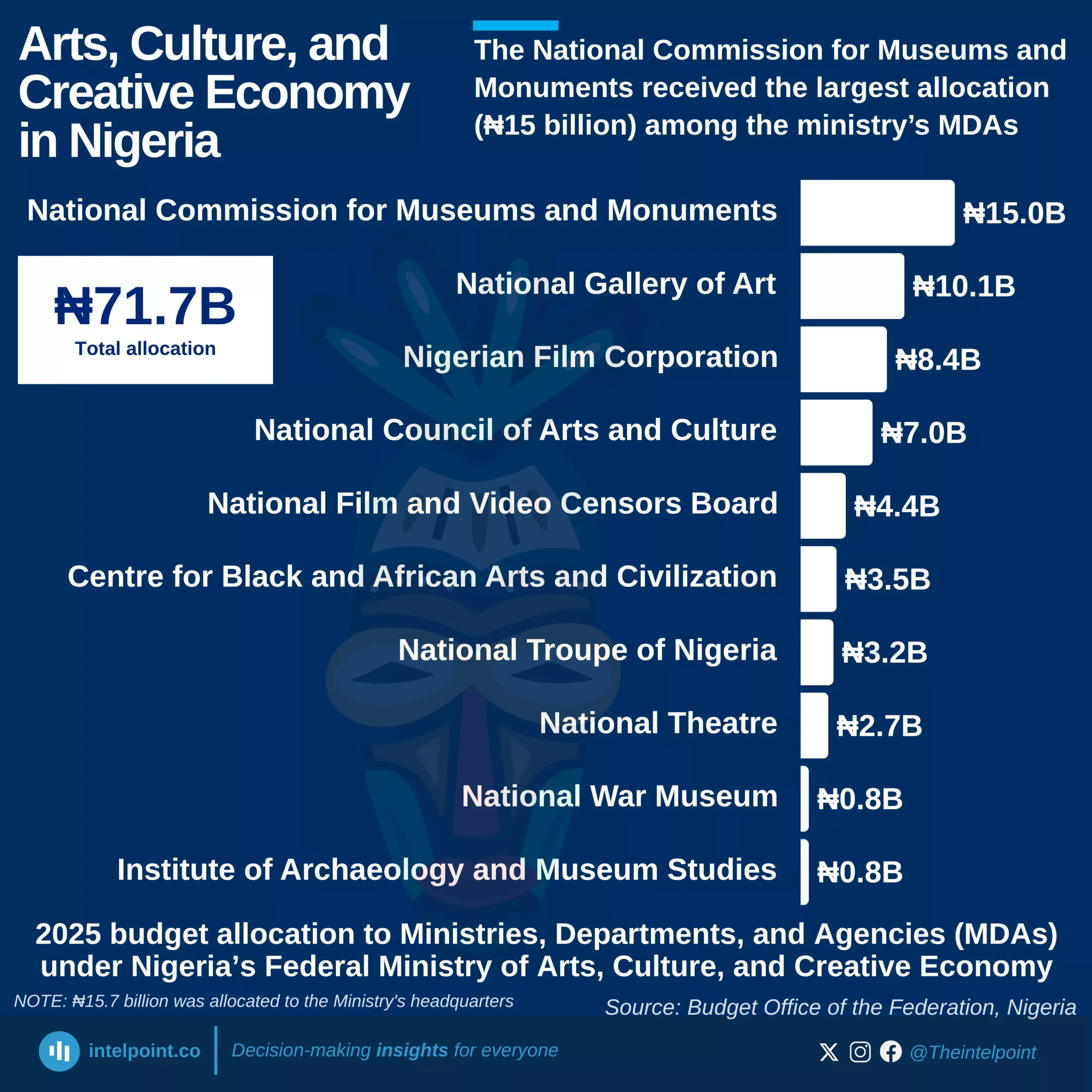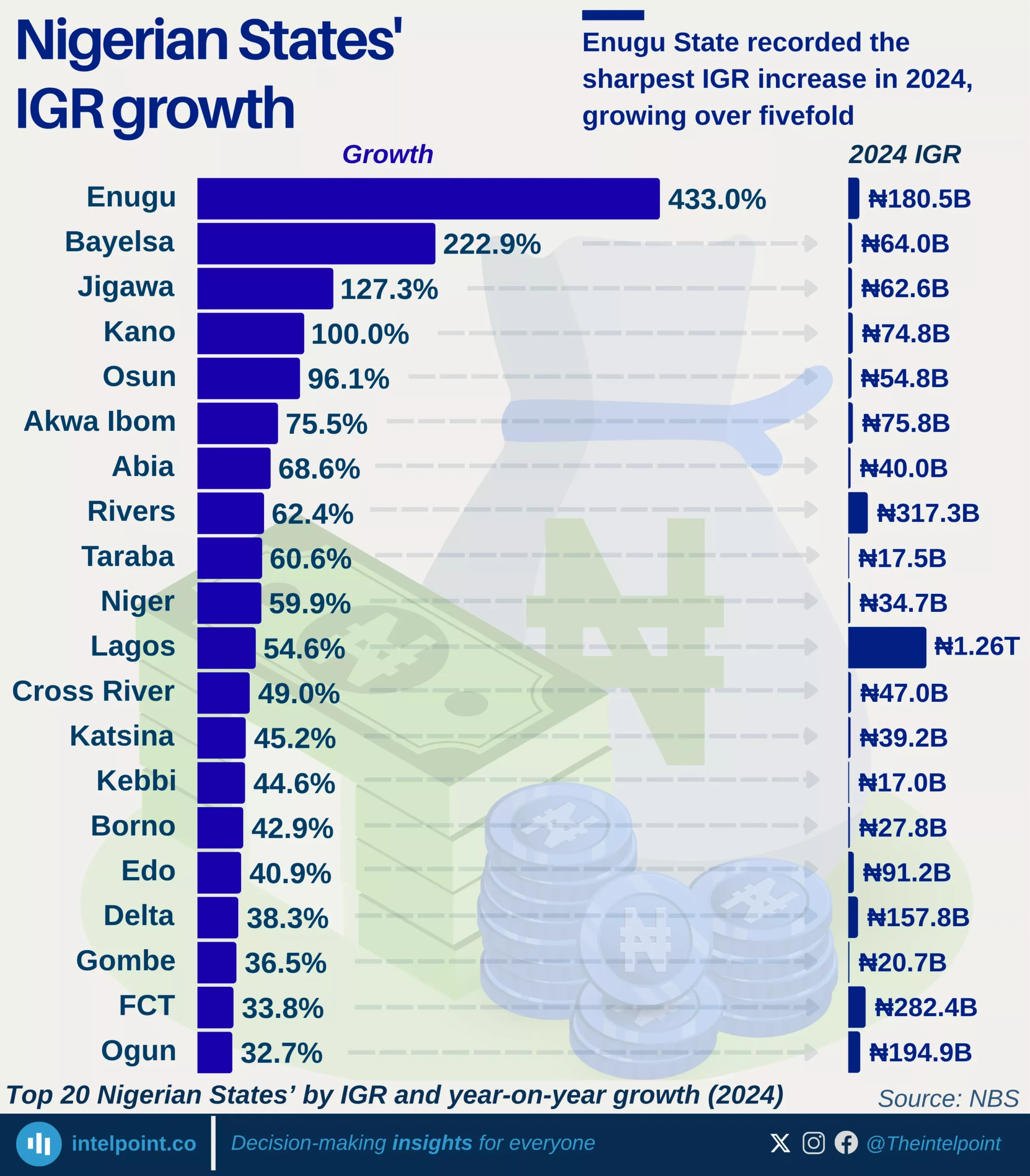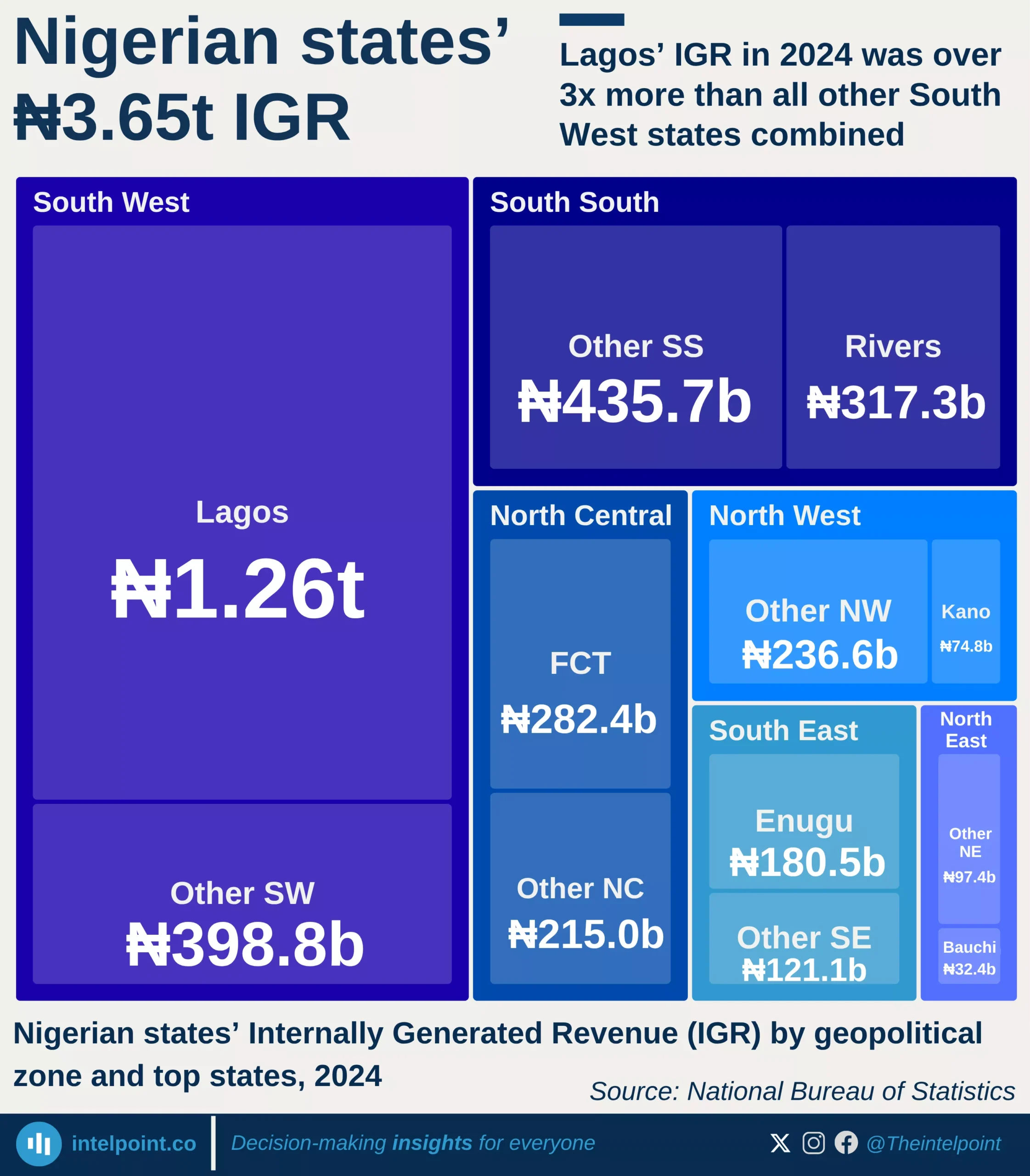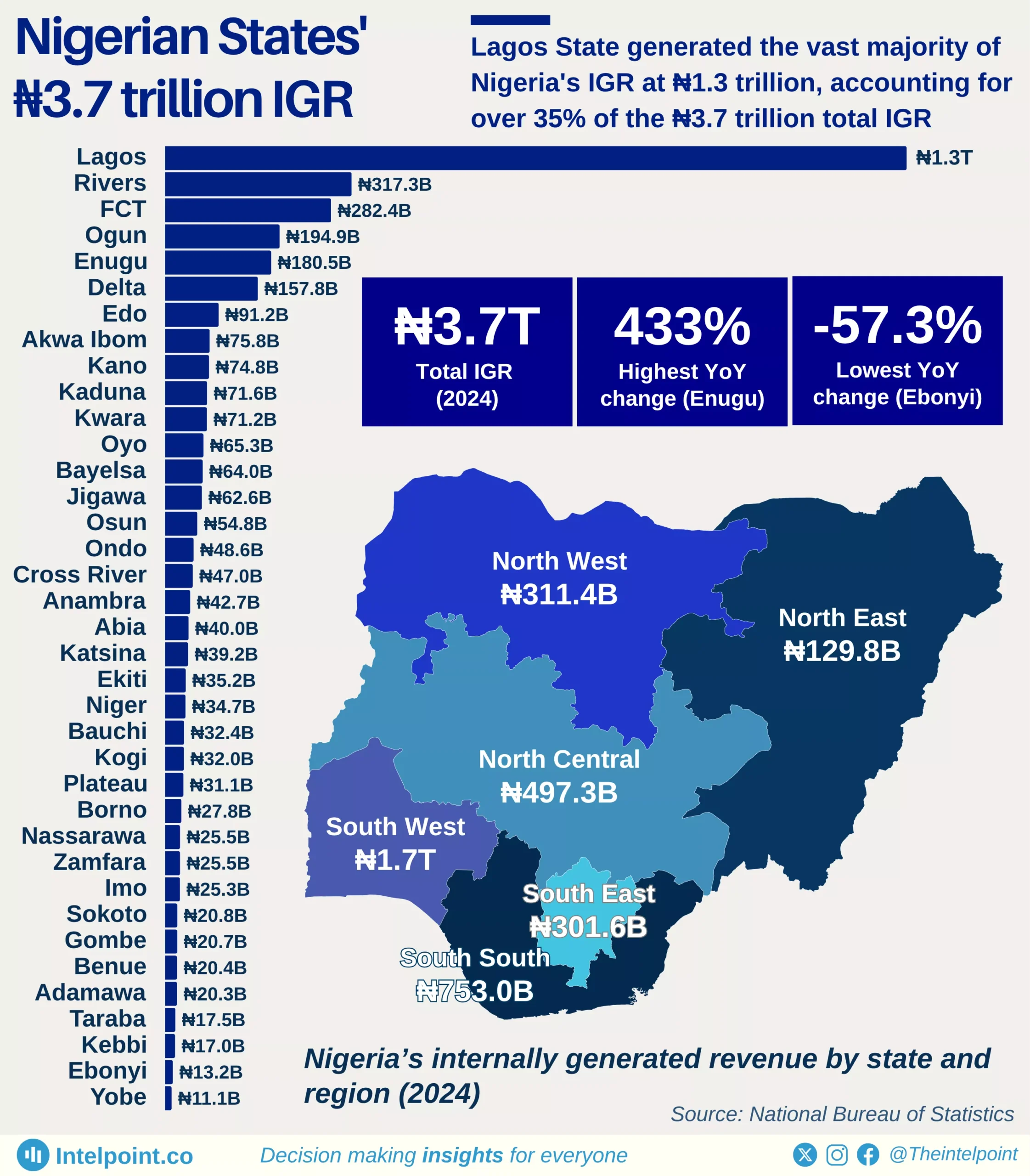Between 2005 and 2022, Cote d'Ivoire's natural rubber production grew at an average of 12% yearly, maintaining its continental dominance. With an estimated population of nearly 29 million, the West African country produced 1.286 million tonnes in 2022, 73% of the continent's output, and placed fourth globally.
Meanwhile, Nigeria's production has grown 158% since 1961, peaking at 155 thousand tonnes in 1991.
Ghana's production has grown steadily, peaking at 117 thousand tonnes in 2022. Liberia and Cameroon complete the top five in Africa as of 2022.
